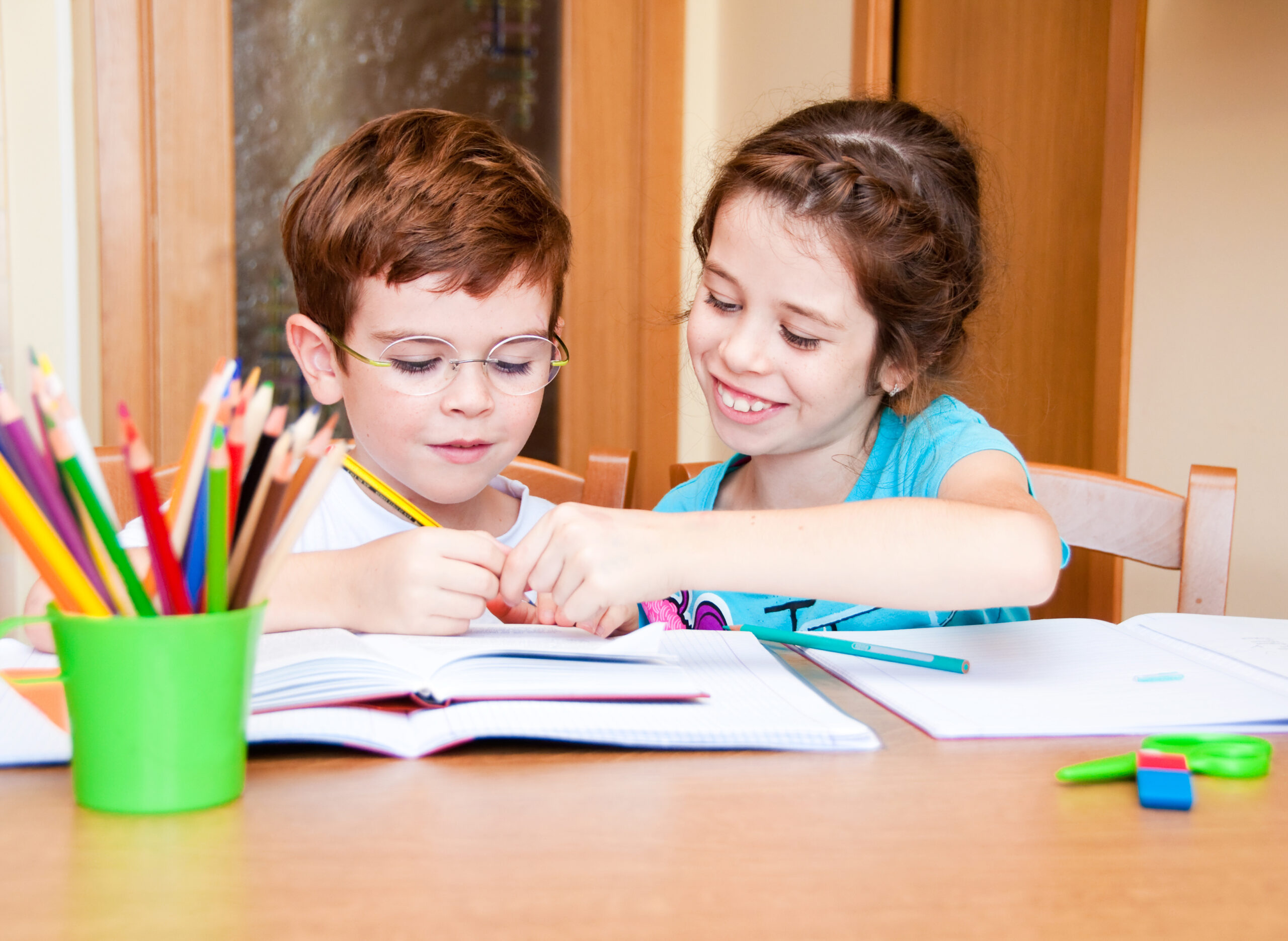Feedback comes in all shapes, sizes and flavours but the bottom line is that it must serve a learning function to bring about transformation and improve performance. Feedback needs to be expansive and dynamic, not limited and static so that it focuses hearts and minds on progress.
- Be on time
The later you leave feedback, the less effective it will be. Feedback should be timely, preferably in the moment – delaying feedback starves potential and frustrates progress. Frequent and continuous feedback is essential and acts as the most powerful influence on achievement. Lesson details can be soon forgotten by pupils so feedback has to be rapid while they are still engaged and the issues are still relevant.
- Ask first
Any feedback conversation must start with asking pupils what they thought about their work or performance. Self-reflection unlocks the door and gives you a valuable insight into their perspective.
Useful affirmative phrases
- So, how did you think you did?
- What do you think went well?
- What could you have spent more time thinking about?
- Is there anything you wish you had done differently?
- What might you change next time?
Feedback is never a one-way conversation so when pupils are called on to air their thoughts and explain their side of things, the dialogues and conferences can turn into rich, interactive formative assessment opportunities.
- Be positive

Feedback needs be honest but that doesn’t mean being downbeat and despondent. When discussing mistakes, misconceptions and problem areas think carefully about your language and make it positive, appreciative and enabling.
- Be tangible and transparent
Don’t beat around the bush but get to the point and say what you see by basing your comments on concrete evidence. By focusing on the task in hand, feedback should indicate what’s wrong and what can be done to improve. Effective feedback offers pupils a mechanism to close the gap identified so what we say needs to be concrete, specific and useful.
- Facilitate self-regulation
Research shows that involving learners in self-assessment can lead to very large learning gains. Teach pupils to regulate their own learning and become actively self-monitoring and reflective. Your feedback should help pupils to develop their own understanding of themselves as learners. Are they aware of what they already know and don’t know? Are clear about what they are trying to achieve and how they will achieve it?
- Feedforward

Pupils need to know what they have done but they need ideas for the future which is why feedforward or ‘feedfront’ is an integral part of assessment for learning. When making suggestions, focus on just a couple of recommendations:
- Moving forward……
- From now on…
- Perhaps consider…
- As you go forward, you might want to think about…
- One idea to explore further is…
- Start to… I think that would be helpful.
- For the future, you might find it helps to….
- I’ve seen this strategy helps…..maybe that’s something you might try.
Feedforward reinforces the potential for change and is dialogue rich.
- Aim for marginal gains
Feedback needs to be ambitious but not heavyweight and overloaded. Pupils can add value to what they do be focusing on 1% here and 1% there rather than trying to change too many things all at once.
- Make space for DIRT
Most of the feedback we give pupils is never acted on which is why Directed Improvement and Reflection Time is a must-have. If we don’t give pupils the time to ponder performances and implement changes then we set them up to fail. There needs to be space in the day for pupils to focus on feedback so they can regroup, organise their thoughts and self-manage.
- Develop peer tutoring

Peer-to- peer feedback has a positive effect on learning but this doesn’t just magically happen. Peer assisted learning needs teaching so that pupils can see what precise, focused and encouraging feedback looks like, sounds like and feels like. For example, look at Ron Berger’s video which shows the learning leaps pupils can make by listening to their peers, re-drafting their efforts, refining and adopting a growth mindset:
www.youtube.com/watch?v=hqh1MRWZjms.
10.Use WAGOLLs
AKA ‘What a Good One Looks Like’. If we want pupils to become outstanding writers, artists, mathematicians, scientists etc. then they need to see great work that they can try to work towards, match and surpass.
And finally…..
Feedback allows you to praise, challenge, correct, explain, confirm, redirect and refocus. To help you and your pupils be more effective feedback should cover the FACTS:
Formative
Actionable
Clear
Timely
Supportive
This blog has been written by John Dabell; experienced teacher, former school inspector, project manager, writer and editor. @John_Dabell


